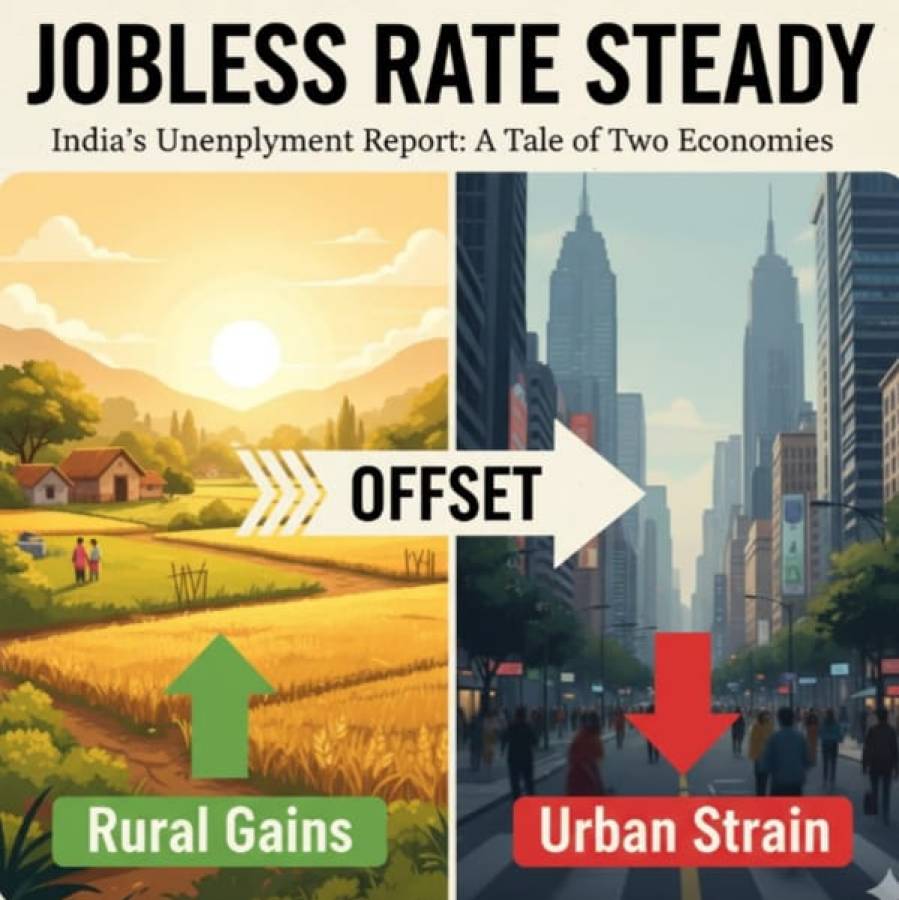
India's industrial growth took a sharp dip in May 2025, falling to just 1.2 percent, which is the lowest in the past nine months. This data was released by the National Statistical Office (NSO) and reflects a serious slowdown in the country’s economic momentum. The decline surprised many, as the earlier forecast had expected around 2.3 percent growth.
This fall in the Index of Industrial Production (IIP) was the lowest since August 2024. A mix of reasons has caused this, including a weak base effect, poor performance in manufacturing and electricity, and a continued slowdown in mining.
What is IIP?
The Index of Industrial Production is a monthly measure that tracks the growth in various sectors such as manufacturing, mining, and electricity. It is a major indicator of the country's industrial health and is closely followed by economists and policymakers.
Sector-Wise Breakdown
Among the three major sectors of IIP, manufacturing is the most important. It holds a weight of 77.6 percent in the index. In May, its growth fell to 2.6 percent, down from 3.1 percent in April. This was a clear sign that factories and industries are slowing down.
Mining, which has a weight of 14.4 percent, declined by 0.2 percent. This was the second month in a row that this sector showed negative growth. Electricity, with a weight of 8 percent, also shrank for the first time since August 2024. Its output dropped by 5.8 percent.
Reasons for the Drop
Experts say part of the reason for the low growth is the base effect. In May 2024, the IIP had touched a seven-month high, which made this May’s number appear weaker by comparison. According to Aastha Gudwani, India Chief Economist at Barclays, the 4.5 percentage point drop between April and May was also due to slowing factory output and weak electricity generation.
The latest 1.2 percent growth is not just low in comparison to April, but is also the slowest rate since August 2024. This is causing concern among economists who believe that industrial performance is not keeping up with India’s overall economic goals.
Use-Based Performance
When we look at IIP based on usage, the performance varies. Capital goods, which include machinery and equipment, rose by 14.1 percent in May. This was a small improvement from April’s 14 percent, showing some strength in investment-related production.
Infrastructure goods, which make up 12.3 percent of the index, also did well. They grew by 6.3 percent, compared to 4.7 percent in April. This suggests that infrastructure development is still active.
However, not all categories showed improvement. Primary goods, which have the largest share at 34 percent, dropped by 1.5 percent. This was the second month in a row they declined. Intermediate goods also fell, down to 3.5 percent growth from 4.9 percent in April.
Consumer goods, especially non-durables like food and daily-use items, showed continued weakness. These have now declined for four months in a row. Durable goods, like appliances and electronics, also didn’t show much progress.
What It Means for the Economy
This slowdown raises concerns for India’s economy. Industrial production plays a big role in creating jobs and increasing national income. If it continues to stay weak, it can impact growth in other sectors too.
At a time when global trade is still recovering and domestic demand is rising slowly, the government will need to take steps to support industries. These may include offering financial help, reducing input costs, or making it easier to do business.
Insightful Take
The fall in industrial output to 1.2 percent is a reminder that recovery is not always smooth. While capital goods and infrastructure show promise, the drop in manufacturing, electricity, and primary goods suggests deeper challenges. Policymakers and industry leaders will have to act quickly to prevent this trend from continuing into the next quarter.





















